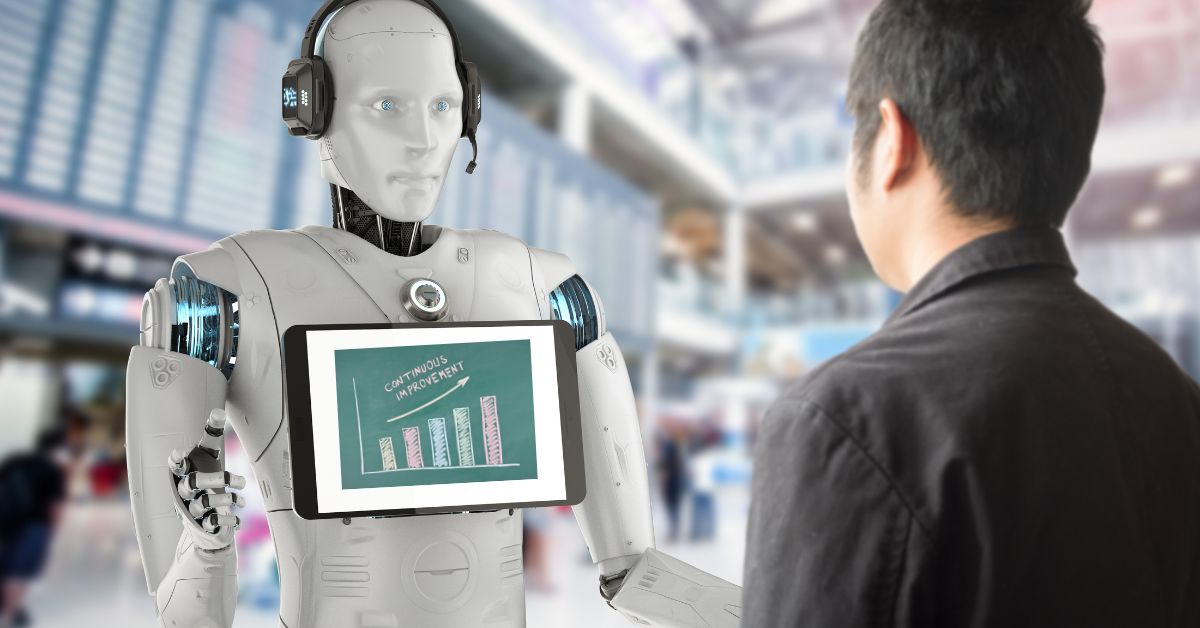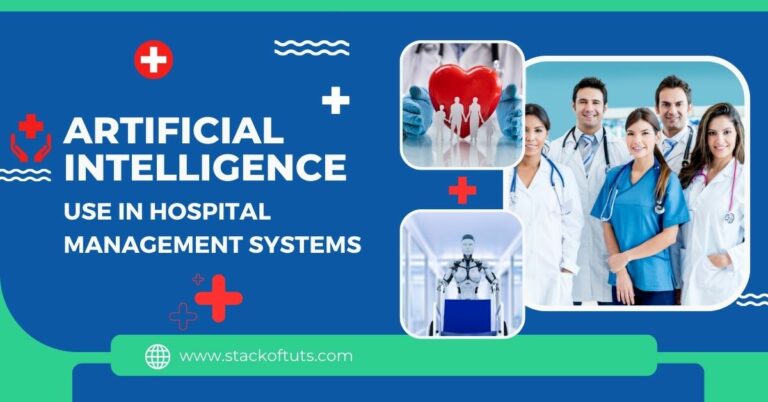
Radiology stands at the forefront of medical innovations, with Artificial Intelligence (AI) revolutionizing its landscape. Today, we delve into the transformative power of AI in the realm of radiology, shedding light on its most prominent applications that are setting the pace for modern medical advancements.
For a complete guide also read about “The Impact of AI in Radiology” Dive into this link for exclusive insights and captivating discoveries!
Top 10 Applications of AI in Radiology
We’ll be discussing the Top 10 Applications of AI in Radiology:
1. Automated Image Interpretation

One of the most significant strides in radiology is the ability of AI to automatically interpret medical images. By leveraging deep learning algorithms, radiology systems can now detect and diagnose conditions like tumors, fractures, or abnormalities with unprecedented accuracy. This not only reduces the workload on radiologists but also ensures faster and more precise diagnosis.
2. Predictive Analysis for Disease Progression

AI’s predictive analysis capabilities are changing the way radiologists predict disease progression. By analyzing past medical images and data, AI can offer insights into how a disease might progress or the best treatment options, ensuring timely interventions and better patient outcomes.
3. Enhanced Image Resolution

High-resolution imaging is crucial for accurate diagnosis. AI algorithms, particularly those based on deep learning, can enhance the resolution of radiological images. This process, known as super-resolution, allows for clearer and more detailed images, thus facilitating better and earlier diagnosis.
4. Reducing Radiation Exposure

Exposure to radiation during imaging procedures is a valid concern. AI is now instrumental in optimizing imaging parameters, ensuring that the minimum radiation dose is used while still obtaining clear images. This guarantees patient safety without compromising on diagnostic quality.
5. Streamlining Workflow and Operations

AI tools offer an integrated approach to managing the vast amount of data in radiology departments. From scheduling patients to analyzing the outcomes, AI streamlines operations reduces redundancy, and improves efficiency. This ensures timely patient care and optimal use of resources.
6. 3D Imaging and Reconstruction

3D reconstructions from 2D images have revolutionized surgical planning and patient education. AI facilitates this by analyzing multiple 2D images to create detailed and accurate 3D models. Surgeons can now have a holistic view of the area of interest, ensuring more precise surgical procedures.
7. Real-time Image Analysis

In some medical scenarios, real-time analysis is crucial. Whether it’s during a surgical procedure or a complex diagnostic process, AI can analyze images in real time, offering insights and data that can guide medical professionals in making instant decisions.
8. Patient Risk Assessment

By analyzing a patient’s medical history along with their radiological images, AI can determine the risk factors for certain diseases. This preemptive approach ensures that high-risk patients receive timely care and interventions, thus improving their prognosis.
9. Integrating Genomic Data with Radiological Images

The integration of genomic data with radiological images offers a comprehensive view of a patient’s health. AI algorithms can analyze both datasets, highlighting patterns or anomalies that might not be evident when viewed separately. This multi-faceted approach paves the way for personalized medicine and treatments.
10. Assisting in Tele-radiology

Tele-radiology is the future, especially in areas with limited medical resources. AI aids in this by analyzing images remotely and offering diagnostic insights. With the combination of AI and teleradiology, quality healthcare has become accessible to remote and underserved populations.
How AI is Changing the Future of Radiology?
Artificial intelligence is changing radiology significantly. Previously performed by radiologists, such duties as picture segmentation, triage, and reporting are now within the capabilities of AI algorithms. This is allowing radiologists more time for higher-level work like image interpretation and second views.
Radiology is another field that is benefiting from AI’s increased precision and productivity. Artificial intelligence systems can spot anomalies and illnesses that a human eye would overlook. Artificial intelligence is also speeding up the turnaround time for radiological tests.
FAQs
AI in radiology currently enhances image interpretation, predicts disease progression, and streamlines workflow operations.
AI in MRI aids in precise image segmentation accelerates scanning processes, and improves image quality.
AI in ECG analyzes heart rhythms, detects anomalies, and predicts cardiac events.
AI in medical image analysis enhances accuracy, automates disease detection, and streamlines diagnostic workflows.
Conclusion
Finally, combining the Best Applications of AI in Radiology is more than just a technical leap forward; it also represents a fundamental change in the way we think about and practice diagnosis and healthcare. AI’s application in radiology will grow, pointing to a brighter, more efficient, and patient-centric healthcare future. These 10 applications are only the beginning.
Thanks!





